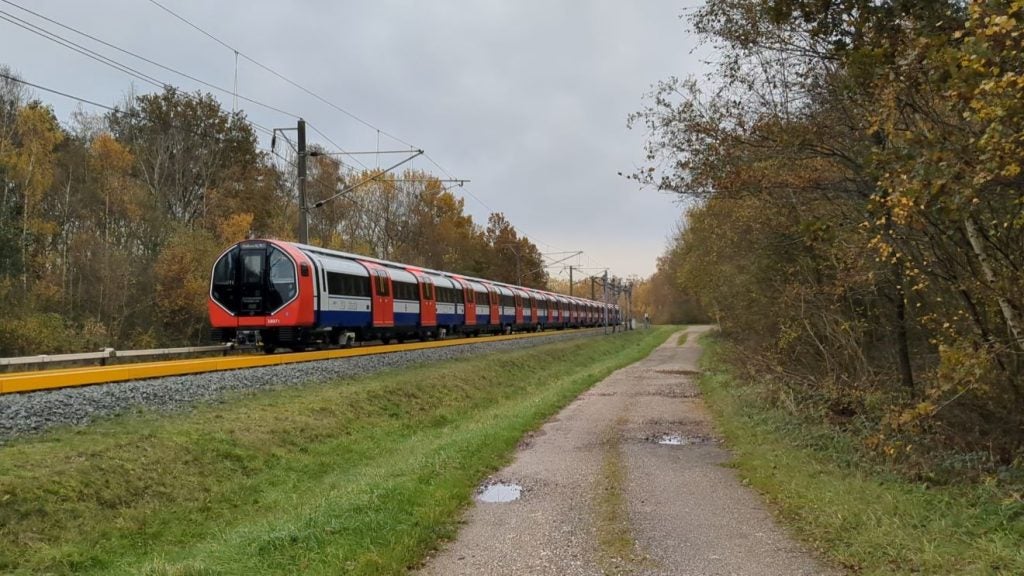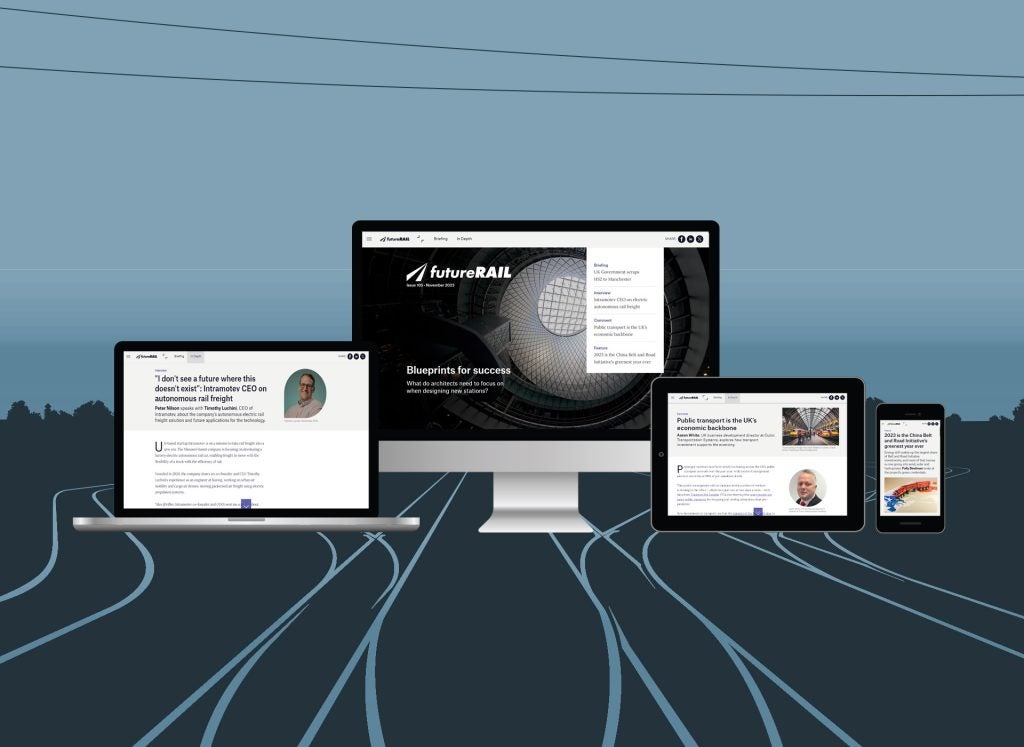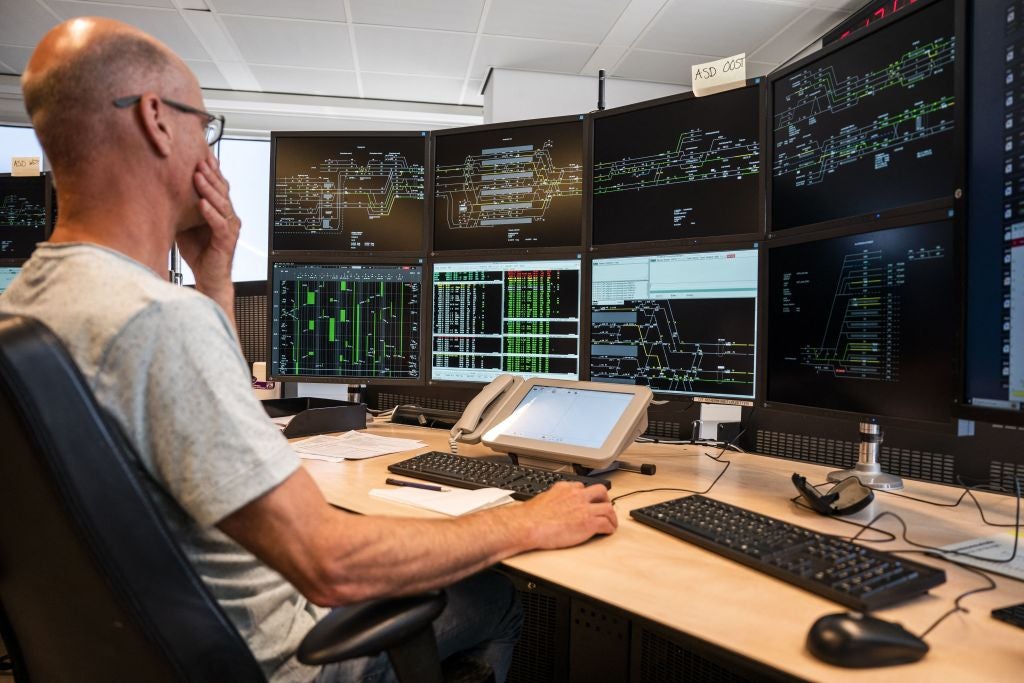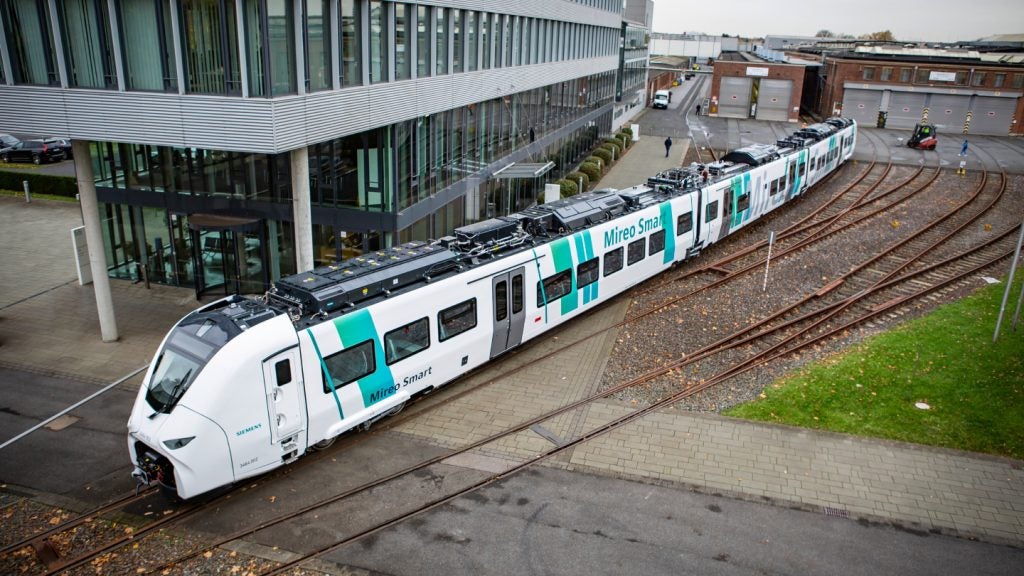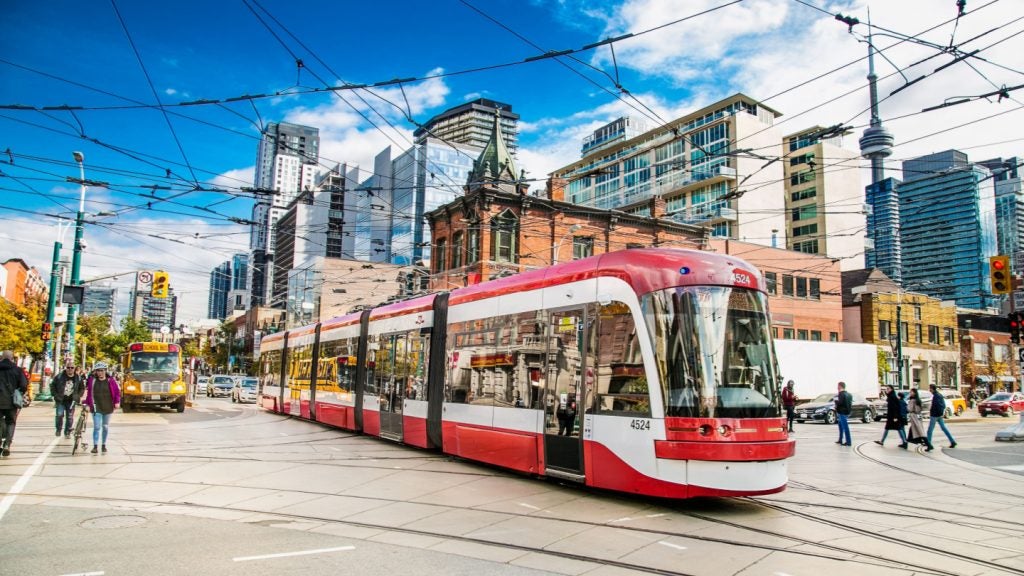The first of five new London Underground trains has begun testing at the Siemens test track in Wegberg-Wildenrath, Germany. The process will last six months before the trains are released to Transport for London (TfL) for “live track” tests on the London metro network in mid-2024. The trains will enter passenger service on the Piccadilly Line in 2025.
Railway Technology was invited to Siemens’ 44-hectare, 24-hour-a-day testing facility to experience the new Inspiro London model in action.
Dynamic testing in Germany has already covered acceleration and braking, although Siemens Mobility Joint CEO Samit Banerjee said the closed track presented different tests to the Underground network. For one, the Test and Validation Centre track is entirely above ground.
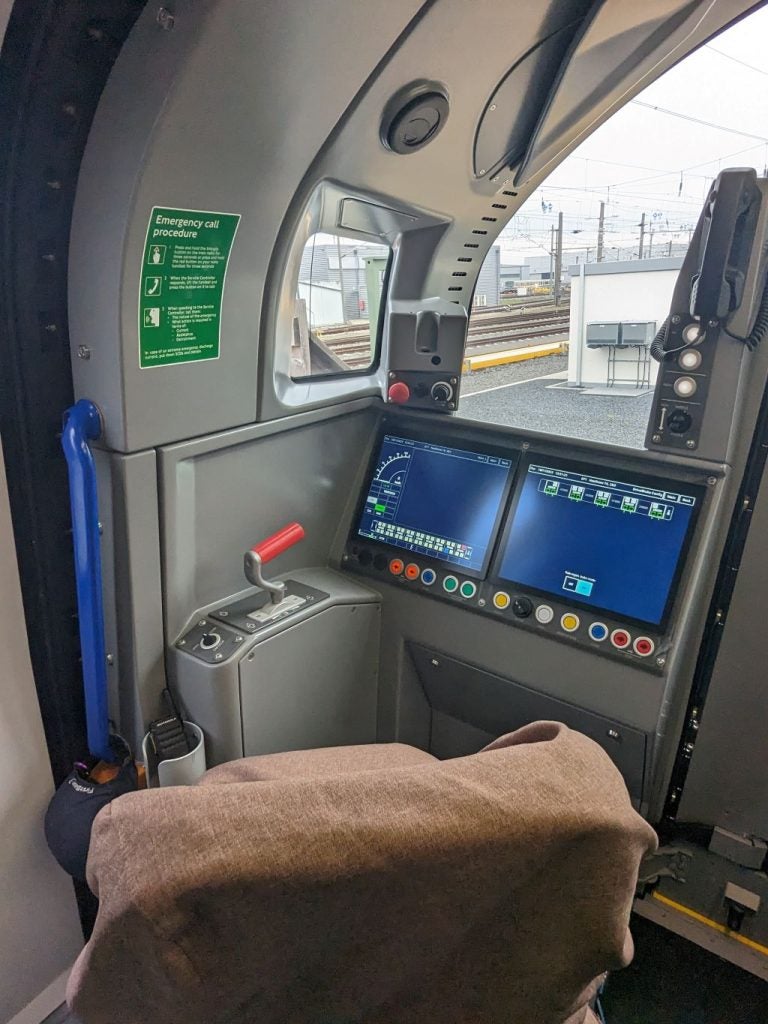
“Some things we have not found here may come up in the live track [testing], so then we need to work on that,” he told Railway Technology.
Although both London and the area of Germany where the tests are being held rarely experience extreme weather, the trains are undergoing trials at temperatures up to 40°C, in winds of up to 100km/h and in icy conditions in a “climate chamber” in Austria.
Both the manufacturer and network managers at TfL pointed out the technical and engineering upgrades to the stock, which will replace the existing stock that has been in service since the late 1970s.
Perhaps the most obvious of these for passengers will be the wider doors and reconfigured carriage layout, which have allowed for extra headroom. Siemens Mobility’s Director of Major Programmes Dave Hooper explained that moving air conditioning units underneath carriages means no equipment needs to be above passengers, effectively moving the ceiling upwards.
“We’ve designed the whole car to the optimum size of the envelope that was given to us,” he told reporters at the test facility. This has increased capacity by 10% on each carriage.
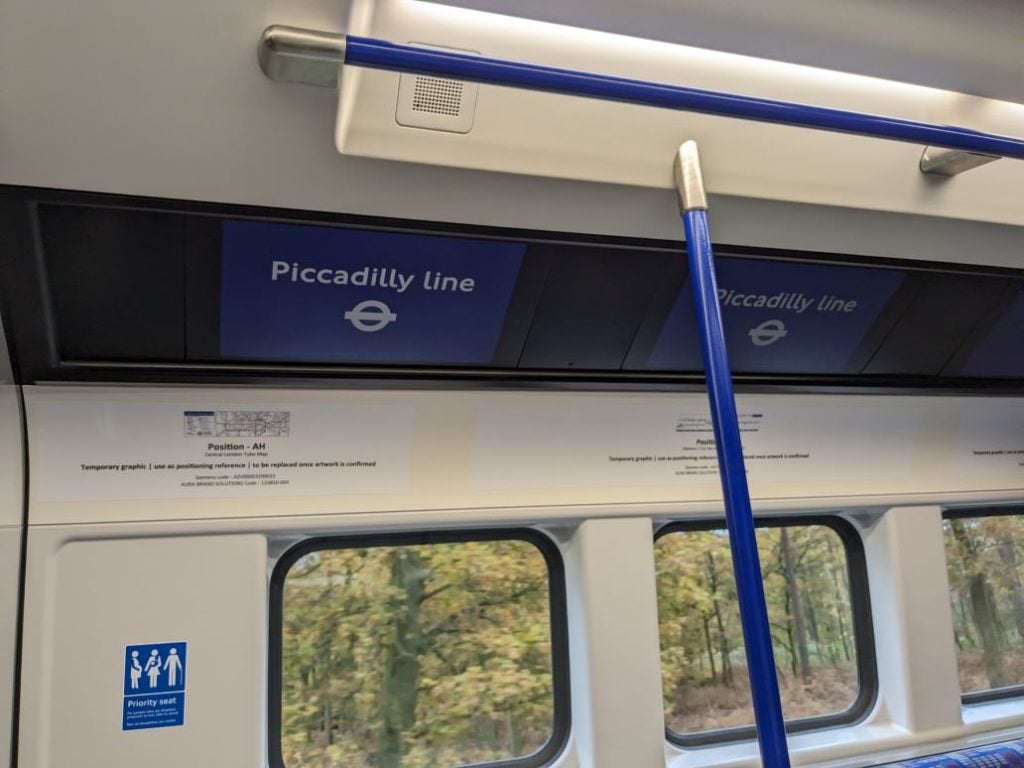
“And there are no end doors—the single doors you see on other Tube stock. All the doors on this train are double doors to allow people on and off quicker,” Hooper added.
The technical benefits of the new Inspiro rolling stock will be less obvious to passengers, but crucial to TfL.
The units are significantly lighter than previous London Underground trains, thanks to innovations allowing fewer bogies per train.
“On a standard nine-car train, you’d expect 18 bogies. There are only 10 bogies on this train. That means the train’s lighter and more track-friendly, which helps to generate more OpX [operations] savings in the years to come,” Hooper explained.
The trains will enter passenger service in 2025 on a mixed-stock basis while all 94 trains are built. Siemens plans to assemble half of the new London metro stock at its facility in Goole, UK, where fit-out is nearly complete and recruitment is underway.
Before TfL receives the trains, engineers will need to shave down some of the Piccadilly Line station platforms, as the new stock is several millimetres wider than the current rolling stock. TfL said this was always planned and is part of its normal operations.


